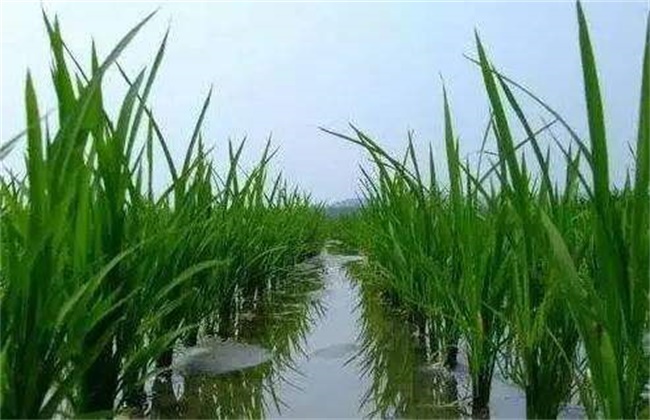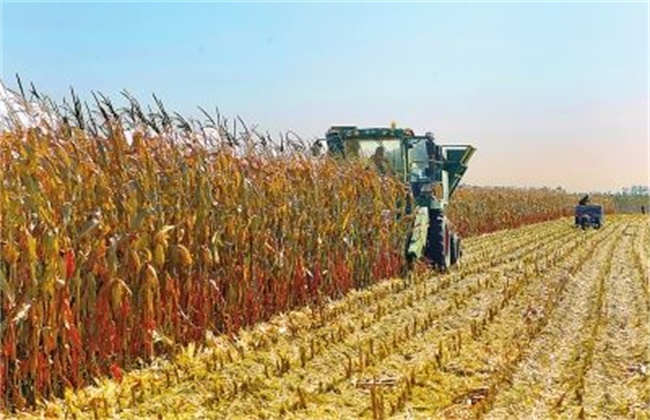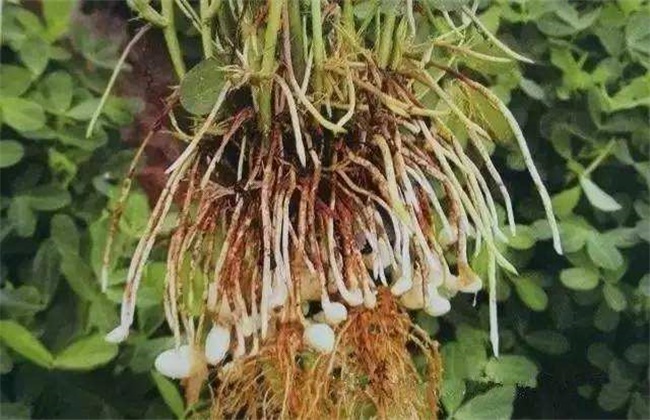Key points of Management at tillering stage of Rice
Rice entering the tillering stage is the key period to determine the effective tiller, which is the basis for obtaining high yield, so the management of rice tillering stage is very important. In order to cultivate strong seedlings and lay a high yield foundation, it is necessary to take good management measures at the tillering stage, so how to manage the tillering stage of rice? Come and have a look with the editor.

1. Scientific management of water
The field water level of 3-4 cm should be maintained after rice transplanting, so that the field can form a reasonable heat preservation and moisturizing environment, promote the new roots to germinate and turn green quickly. After entering the green stage, the seedlings have also entered the tillering stage, which should be irrigated in shallow water, generally keeping the water level at 2-3 cm. When the rice tillers reach the expected number of tillers, they should be drained and sunburned in time. Drying the field can first inhibit and then promote, and play a good role in controlling rice population, promoting the transformation of rice vegetative growth to reproductive growth, and cultivating large panicles and multiple grains. Drying the field is to adopt the principle of heavy drying of cement fields, low-lying fields, over-fertile fields, sandy fields and thin fields, generally until the fields are cracked, the feet do not sink, the leaves fade, and the leaves stand upright.
2. Early application of tiller fertilizer
The fertilizer requirement of rice increases gradually after turning green, when the roots are mostly distributed in the topsoil, and the nutrient supply is insufficient, so it is necessary to apply early at the tillering stage, generally applying 5-6 kg urea per mu and spreading evenly to maintain the shallow water layer. Fertilization should grasp the principle of less application in fertile fields and more application in thin fields. Tillering fertilizer is generally applied immediately after turning green, but fertilization should not be flooded, depending on the seedling fertilization, the first application is 80%, the remaining 20% depends on the growth of the field, less in places with good growth, and more in places with poor growth. After fertilization, keep the water layer, can not drain, naturally dry and then irrigate.
3. Pest control
The main control is leaf blast. In the early stage of leaf blast, 75% tricyclazole or 40% Fuji No. 1 EC 100 ml per mu can be evenly sprayed with 30 kg water. Insect pests are mainly rice borer, rice planthopper, for the control of rice borer, generally use triazophos EC 100 ml or insect sheet 50 grams, spray 30 kg of water. To control rice planthopper, 20 grams of imidacloprid wettable powder or 100 milliliters of dichlorvos were sprayed with 30 kilograms of water per mu.
The above is the main points of rice tillering stage management introduction, hope to help you, want to know more related knowledge, please pay attention to us.
Related
- The first cup of black tea in spring, the flavor and history of tea gardens in Kenya, Africa
- The computer can not only choose potatoes, but also grow tea rice. AI will grow winter oolong tea champion.
- It is not only the inflated tea bitten by insects, but also engraved with the four seasons tea in Beipu.
- The Oriental Beauty Tea Festival in Zhuxian County takes the stage at the weekend to experience the plus-size feast of oil tea.
- & quot; Oriental Beauty Tea & Exploration of Emei in Hsinchu, the hometown of quot;
- The new variety of strawberry "Tainong 1" dessert is the first choice with mellow aroma. Crimson gorgeous
- History of Tea in Taiwan: from Wild Inner Mountain to Export Tea Garden
- Two types of Taiwan Oriental Beauty Black Tea won the British three-Star Award for Childhood Tea Xiang Zhang Jiaqi changed from pilot to champion tea maker.
- Banana species and varieties: the planting history of Taiwan Xianren banana and dwarf banana is long, is banana disease resistant?
- Coffee planting Technology: Qianjie Coffee from Seedling to harvesting



